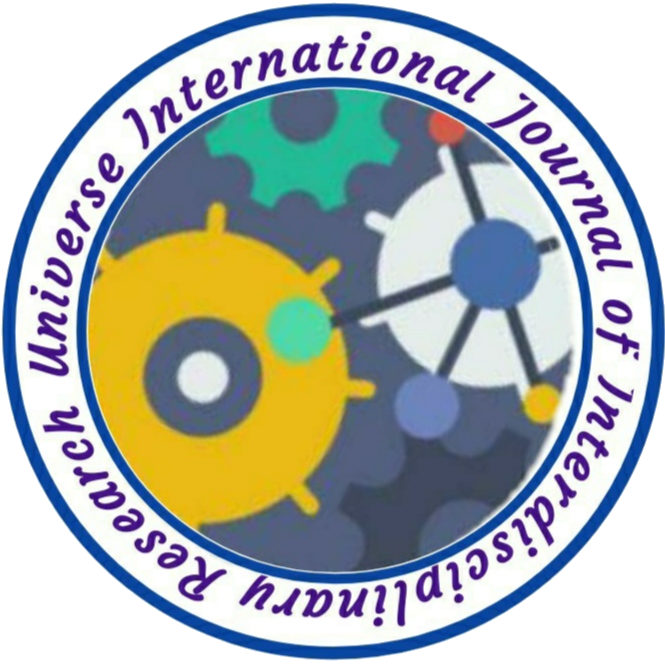A DESCRIPTIVE STUDY TO ASSESS BARRIER IN SEEKING DEADDICTION TREATMENT IN SUBJECTS WITH ALCOHOL USE DISORDER (AUD) IN SELECTED DEADDICTION CENTRES OF PUNJAB
Author Name: 1Anjali Thakur, 2Lovesampuranjot kaur
Volume: 01 & Issue:
Country: India
DOI NO.: 08.2020-25662434 DOI Link: http://www.doi-ds.org/doilink/12.2020-52195819/
Affiliation:
1DeshBhagat University School of Nursing, Mandi Gobindgarh, Punjab, India
2Associate Professor, Department of Mental Health Nursing, DeshBhagat University School of Nursing, Mandi Gobindgarh, Punjab, India
ABSTRACT
Introduction: Alcohol is one of leading causes of death and disability globally and in India. About 2 billion people worldwide consume alcoholic beverages and one third (nearly 76.3 million) to have one or more diagnosable alcohol use disorder. Material and method: Descriptive research designs were used present study. Total sample for the study used were 60 subjects with alcohol use disorder by convenient sampling technique. Two tools were used to collect the data in the study i.e. demographic profile sheet and structured barrier questionnaire. The data was collected from subject in selected deaddiction centre, after explaining them the purpose of study. Results: The result of study showed that majority of subjects had average high number of barriers 13% of subjects had high number of barriers and 7% of subjects had low number of barriers. The data revealed that the mean of barrier score in subjects with alcohol use disorder was 82.42 followed by standard deviation 13.33. The significant treatment barriers were feeling of trouble to go for help (74%), confidence of handling problem by its own (72%), don’t like to talk in group (70%), worry about indulge in legal trouble (70%), not to believe as an addict (68%), fear of treatment (68%), embarrassment of what others thinking (67%). Chi square values have shown that there is no significance association between the level of barrier scores and other demographic variables (Age, gender, residential area, religion, educational status, type of family, monthly income, duration of drinking). Conclusion: it was concluded that the authorities should make use of the media to reach out to the population and to make them more aware of the reality and effectiveness of deaddiction treatment. The government should act as a role model to the private sector in showing ways of providing treatment at affordable costs. Moreover, the awareness camps should be organized for community to aware about deaddiction treatment and centers, as well as prevention of alcohol abuse and other substance use.
Key words: Assess, Alcohol use disorder, Barriers, Deaddiction centre.

No comment